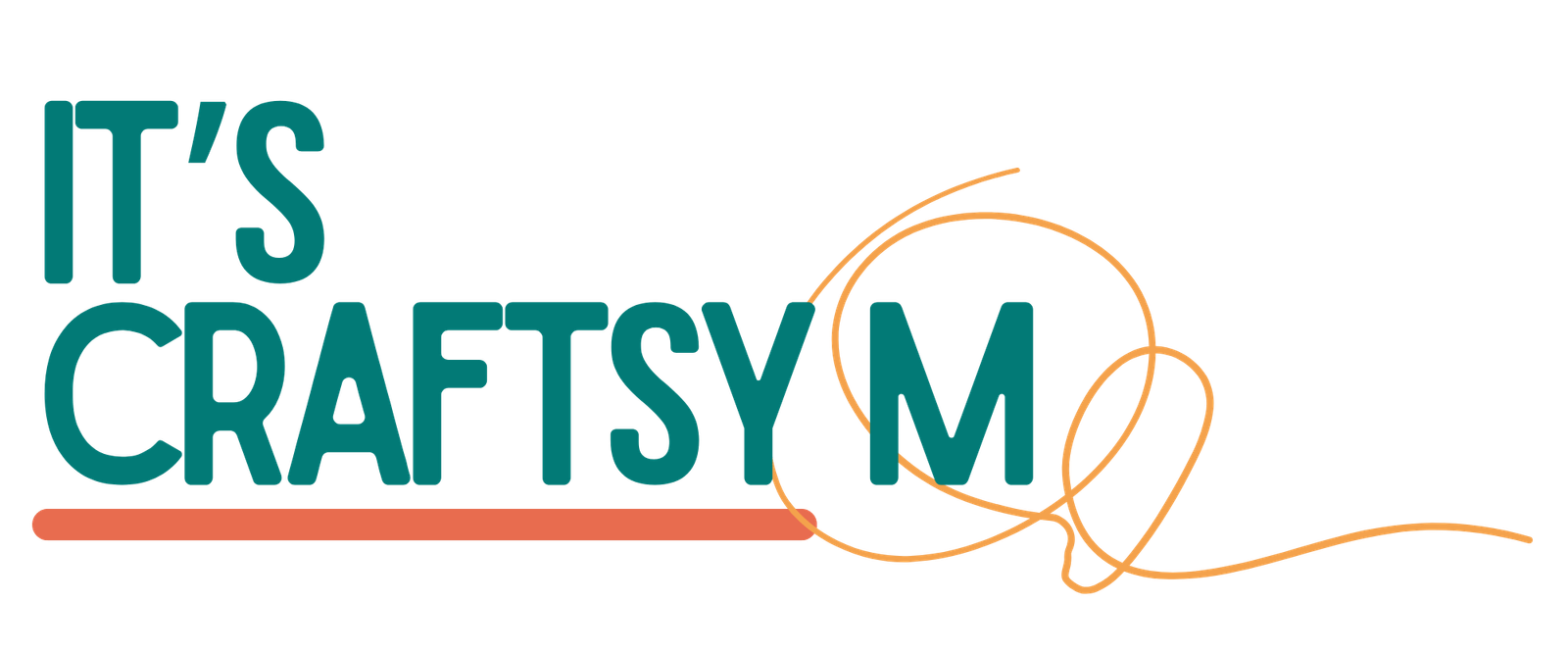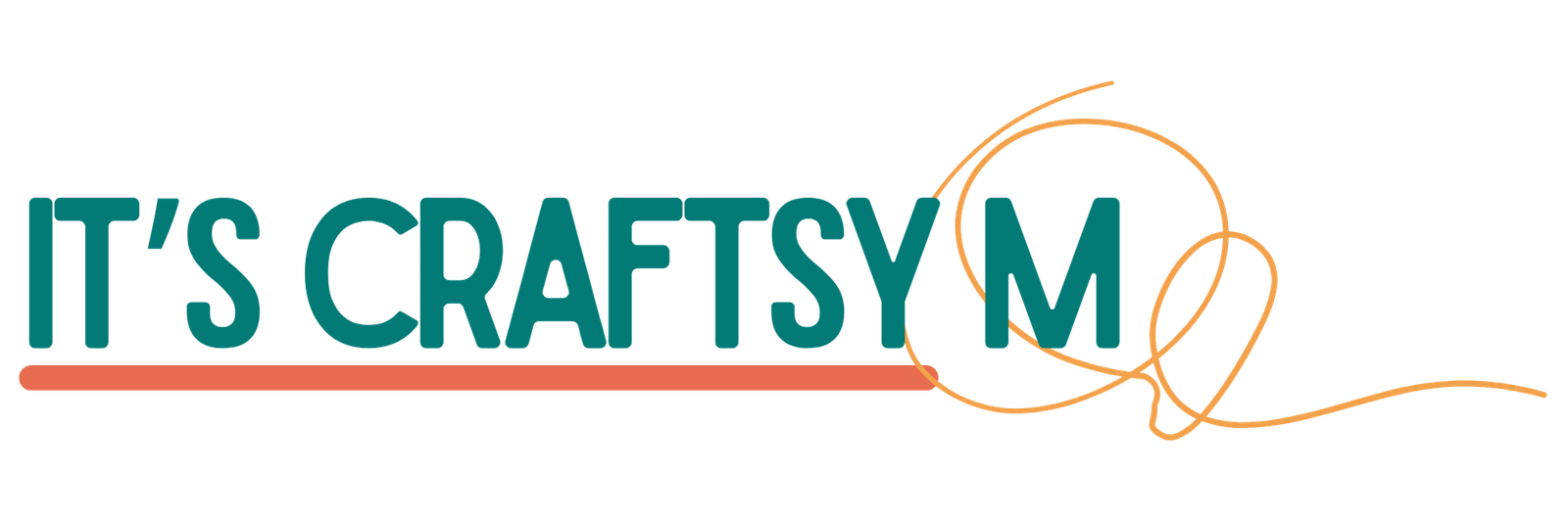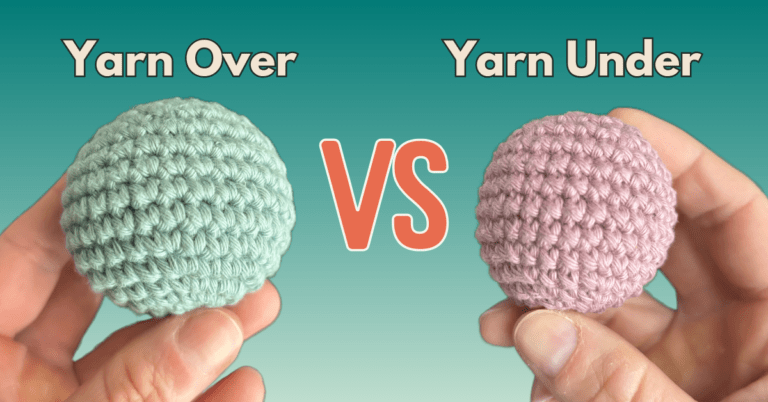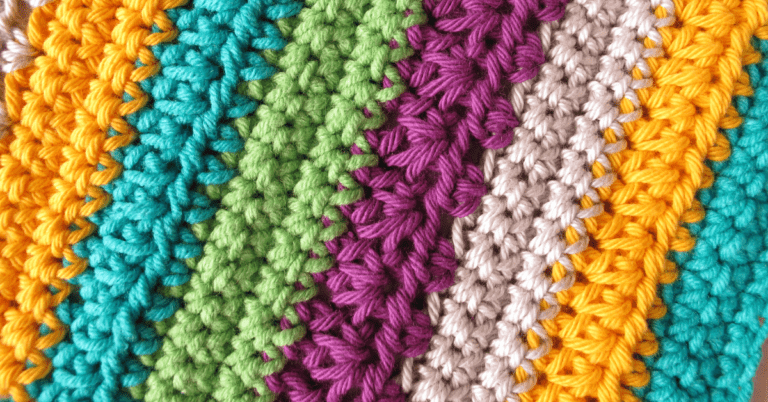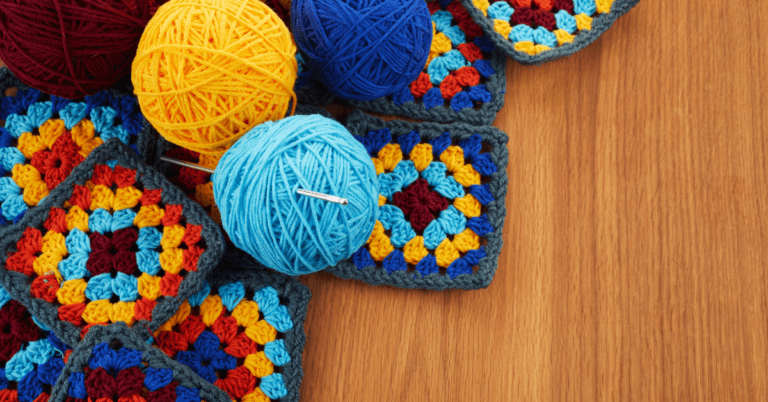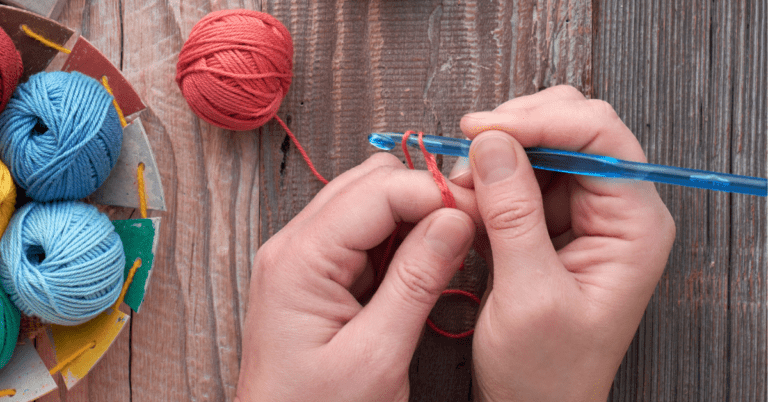Why are UK and US Crochet Terms Different?

Crocheting is a universal language, but within its stitches lies a linguistic puzzle. Why are US and UK crochet terms different? Let’s unravel the threads of history, culture, and language that weave this intricate tapestry.
As you start experiencing the magic world of crochet, you’ll probably assume that crochet terms are universal, and basically the same names apply globally.
Unfortunately, this is not the case and I can understand this can lead to confusion when following patterns or learning the craft online.
But let me explain to you in the following article, all the terms and how they are used for British English patterns (UK terms) or for American English ones (US terms).
Historical Roots
Crochet’s exact origins are a bit elusive, as it has a rich history that evolved over time. The art of crochet is believed to have originated in the early 19th century in Europe, particularly in France. As a matter of fact, the word “crochet” itself derives from the French term “croche” or “croc,” which means hook.
Crocheting gained popularity across Europe and eventually made its way to other parts of the world. Ireland, in particular, played a significant role in the development of crochet, and Irish lace crochet became well-known for its intricate and delicate designs.
While Europe played a central role in the early history of crochet, it’s important to note that various cultures around the world have had their own forms of needlework and textile arts for centuries.
Crochet, as we know it today, has a diverse and global history, with influences from different regions contributing to its development.
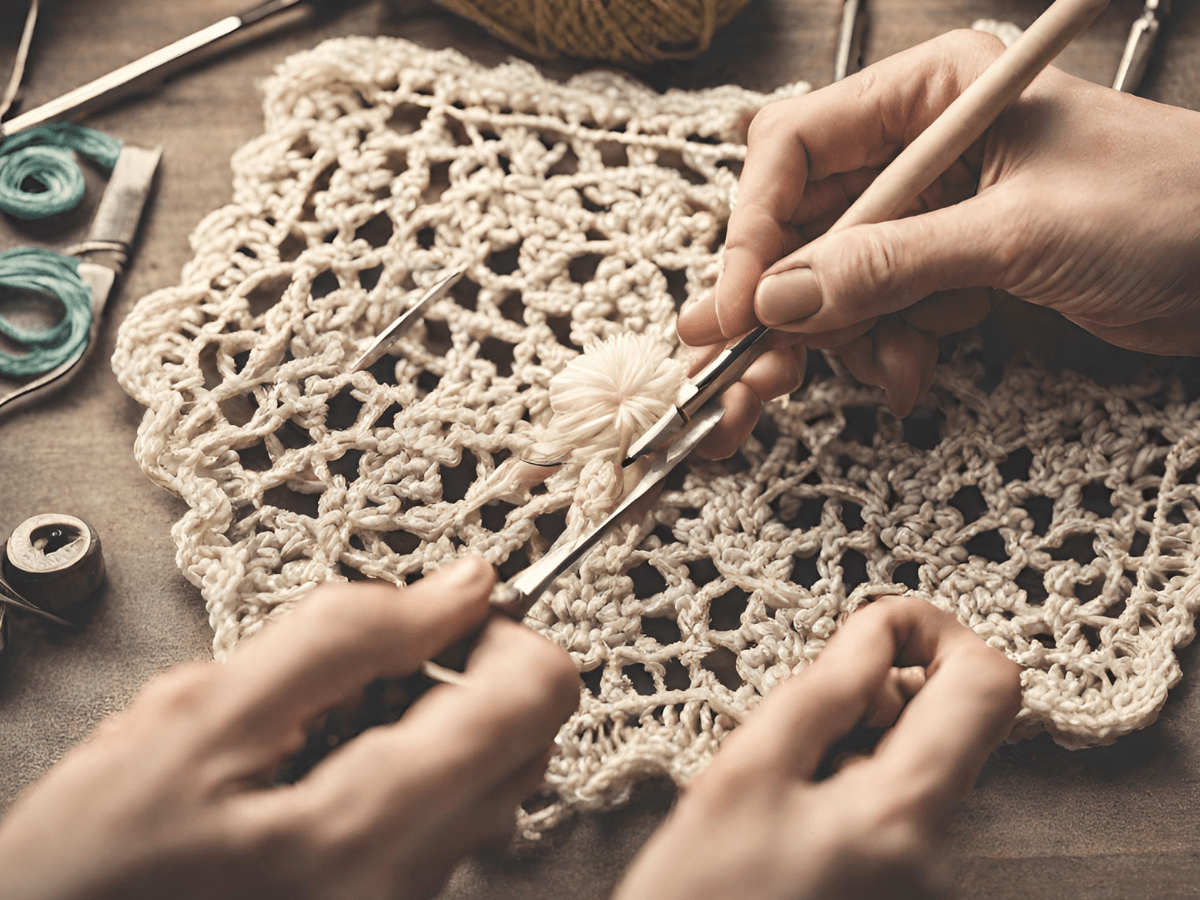
Terminological Divergence: US vs UK
It’s not fully clear why there is a divergence between US and UK crochet terminology. A possible explanation is the transmission of the craft verbally from person to person, rather than in written form.
This has likely led the art of crochet to shape differently based on the surrounding culture and experience of the artists.
With the development of the crochet craft and more official publications to report on the techniques and patterns, there has been a standardization of the terminology and better identification of the crochet stitches.
But UK and US terms have kept their difference and it’s important for you to understand them and be able to recognize them as soon as you embark in a new project.

How do crochet stitches get their names?
As you progress your skills and knowledge of the basic crochet stitches, you’ll start to notice how many times you’ll have to yarn over, as well as how many loops on your hook you’ll have for each of the stitches you make.
On this basis, UK crochet terms usually refer to the number of loops on your hook, while the US terminology refers to the number of yarnovers when pulling up your first loop. That should answer in a very simple way what is the difference between these 2 sets of crochet definition.
For example, a US double crochet (which in UK terms is called a treble crochet) has two yarnovers (hence, double in US terms), but three loops on the hook after pulling up a loop from the stitch.
On the same note, a US single crochet (UK term: double crochet) has only one yarnover after inserting the hook into the stitch, but has two loops on the hook after pulling up a loop (hence, double in UK crochet terms).
Crochet terms conversion chart
Here below there is a handy conversion chart you can use as a reference for any time you are in doubt and need to know which specific stitch you want to make.
| US Terms | UK Terms |
|---|---|
| chain stitch (ch) | chain stitch (ch) |
| slip stitch (sl st) | slip stitch (ss) |
| single crochet (sc) | double crochet (dc) |
| half double crochet (hdc) | half treble (htr) |
| double crochet (dc) | treble (tr) |
| treble (tr) | double treble (dtr) |
| double treble (dtr) | triple treble (trtr) |
How to recognise if a pattern is written in US or UK terms?
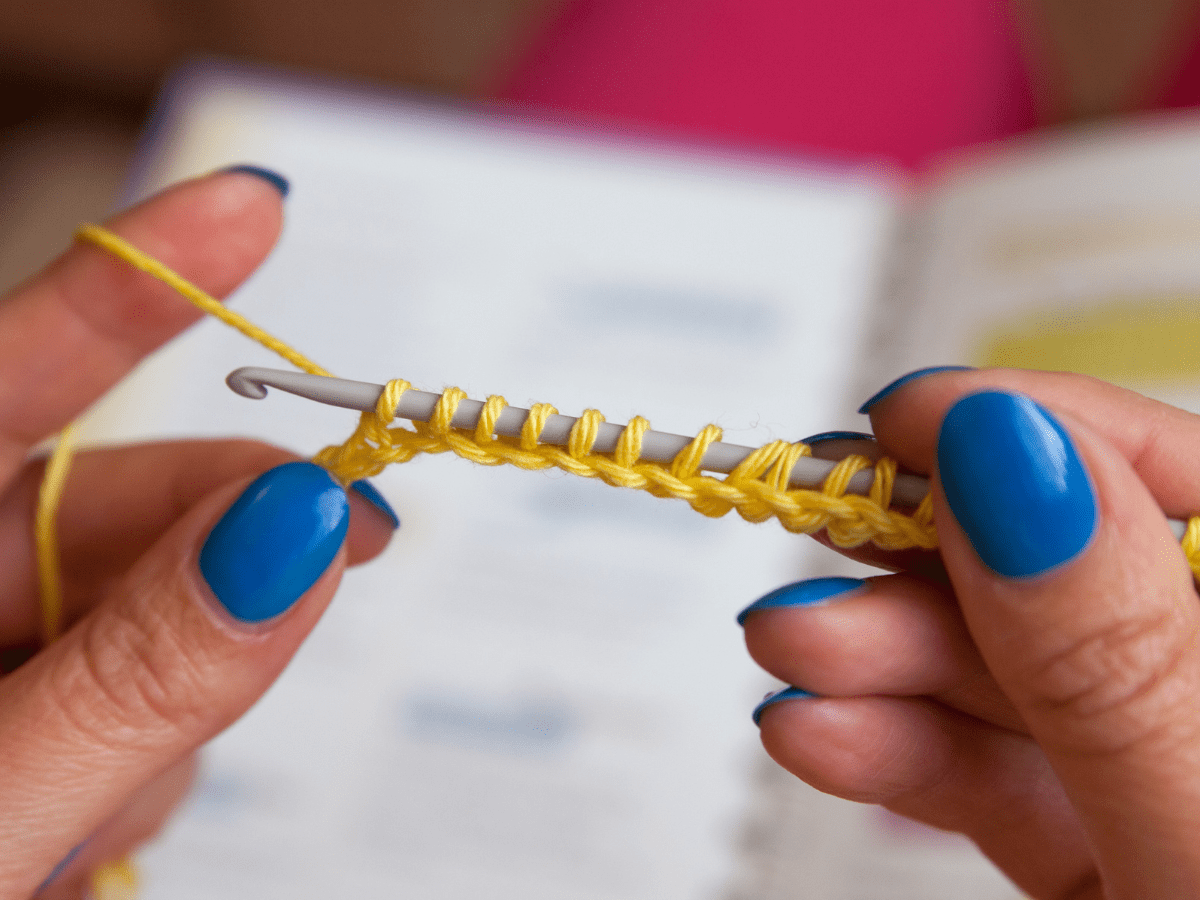
You might have found a lovely pattern online, but you are not sure if the terms are following the US or UK terminology. Don’t worry!
Here below I am sharing with you some of the key indicators and tips to help you determine the terminology used in a crochet pattern:
- Pattern Notes or Introduction: It is a common practice for designers to specify the terminology they’ve used in the pattern and may include a note if they’ve used a mix of US and UK terms.
- Review the Abbreviations: Examine the abbreviations key provided at the beginning of the pattern. If the pattern uses “sc” for single crochet, “hdc” for half double crochet, and “dc” for double crochet, it is written in US terms. An easy trick, as UK terms don’t use “single crochet” or “half double crochet” to define any of the stitches.
- Online Platforms and Communities: If you find the pattern on an online platform or community, check if there are comments or discussions related to the terminology used. Other crocheters might share insights into whether the pattern follows US or UK terms.
- Check the Pattern Origin: Look for information about the pattern’s origin. If it’s a pattern from a US designer or website, it’s likely written in US terms, while patterns from UK sources are more likely to use UK terms.
Conclusion
As you embark on your next crochet projects, recognising whether a pattern is written in US or UK terms becomes a key skill.
This guide has the goal to equip you with indicators, a handy conversion chart and some additional knowledge into the differences between the British and American crochet vocabulary. So, dive into your next crochet adventure and enjoy the journey.
